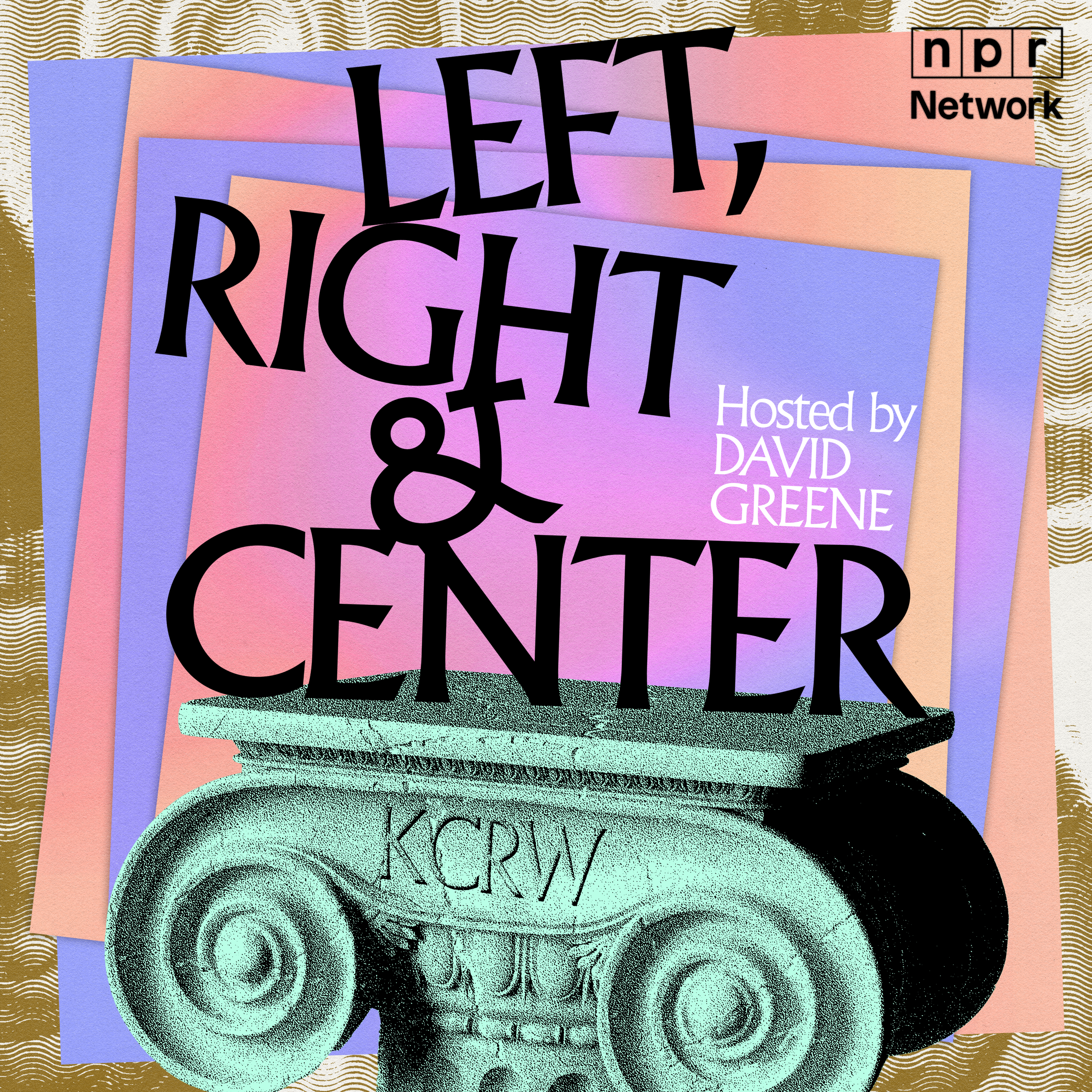
Think First with Jim Detjen
Think First is a short-form podcast that makes you pause — before you scroll, share, or believe the headline.
Hosted by Jim Detjen, a guy who’s been gaslit enough to start a podcast about it, Think First dives into modern narratives, media manipulation, and cultural BS — all through the lens of gaslighting and poetic truth.
Some episodes are two minutes. Some are ten. It depends on the story — and the energy drink situation.
No rants. No lectures. Just sharp questions, quick insights, and the occasional laugh to keep things sane.
Whether you’re dodging spin in the news, politics, or that “trust me, bro” post in your feed… take a breath. Think first.
Visit Gaslight360.com/clarity to sharpen your BS filter and explore the 6-step clarity framework.
Think First with Jim Detjen
The Vanishing Middle Button on Elevators · Think First (Special Edition)
It’s right there in the middle of the panel. The button you press when you’re in a hurry, annoyed, or just need to feel in control. But what if it’s not connected to anything at all? This is the story of the elevator close-door button — a quiet little symbol of manufactured control, fake feedback, and placebo participation. Because sometimes… the button was never meant to work. And now you know… the part they left out.
Stay sharp. Stay skeptical. #SpotTheGaslight
Read and reflect at Gaslight360.com/clarity
This is Think First, where we don't follow the script. We question it Because in a world full of poetic truths and professional gaslighting, someone's got to say the quiet part out loud. You've probably pushed one or thought about it or hovered awkwardly pretending not to care. It's the close door button, right there in the middle of the elevator panel, next to the open button, the alarm, and that one kid who hits every floor like it's a game. The middle button, a symbol of control, of efficiency, of doing something. But here's the thing Most of them don't do anything, not anymore. The close door button on many US elevators is what's called a placebo interface. It exists, it beeps, it lights up, but unless you're a firefighter with a key, that button doesn't make the doors close faster, it just lets you think it does.
Speaker 1:After the Americans with Disabilities Act passed in 1990, regulations required elevator doors to stay open long enough for people with mobility challenges to get inside. So manufacturers just disabled the buttons, but they didn't remove them, because people still want to feel in control even when they're not. So we press it Repeatedly, aggressively, like maybe this time it'll work. But it's not connected, it never was, and we don't notice Because the illusion is enough. The original closed-door function used to work Back when elevators were more mechanical than digital, back when feedback still meant something. But today those buttons remain out of habit, out of expectation, out of the quiet fear that if people realized they had no real control, they might stop being polite or, worse, they might ask why. And it's not just elevators Crosswalk buttons often not wired in Office thermostats preset with no manual override.
Speaker 1:Press here to talk to a representative. Good luck. These are placebo systems designed not to work but to make you feel like you're participating. Look, we like the button. It gives us something to do, something to press while the elevator lingers. We don't need the door to close faster, we just need to believe we made it happen. That's the poetic truth. They didn't take away your control, they just let you keep pretending it was there and you push that middle button, because that's what we do when we're waiting, hoping, stalling, coping. And now you know the part they left out. If this changed how you ride elevators, share it. Tag someone who's been pressing the middle button their whole life without ever asking why more at jimdetchincom and the system we use to decode the gas light that's over at Gaslight360.com. Until next time, stay skeptical, stay curious and always think first. Thank you.






















